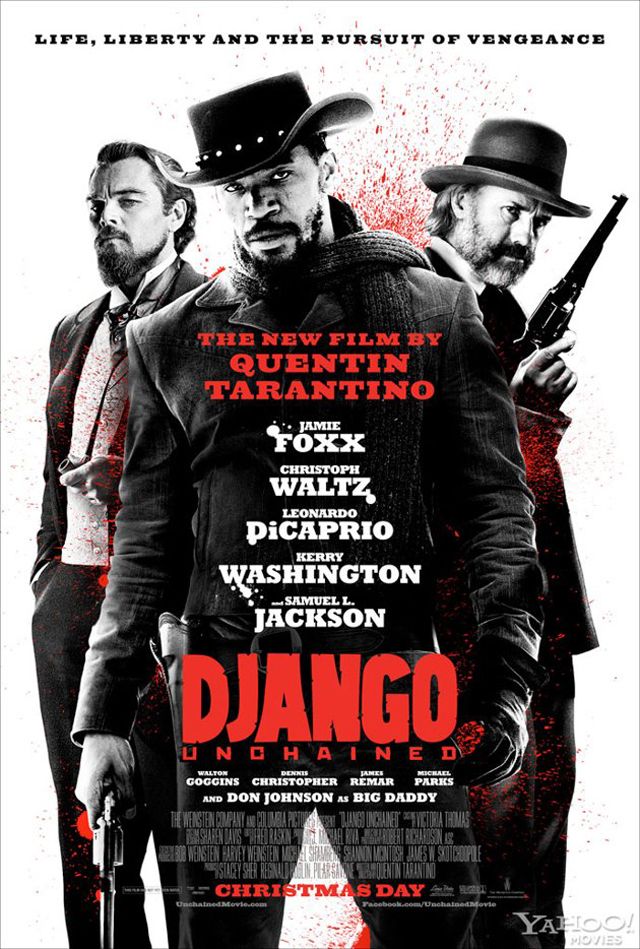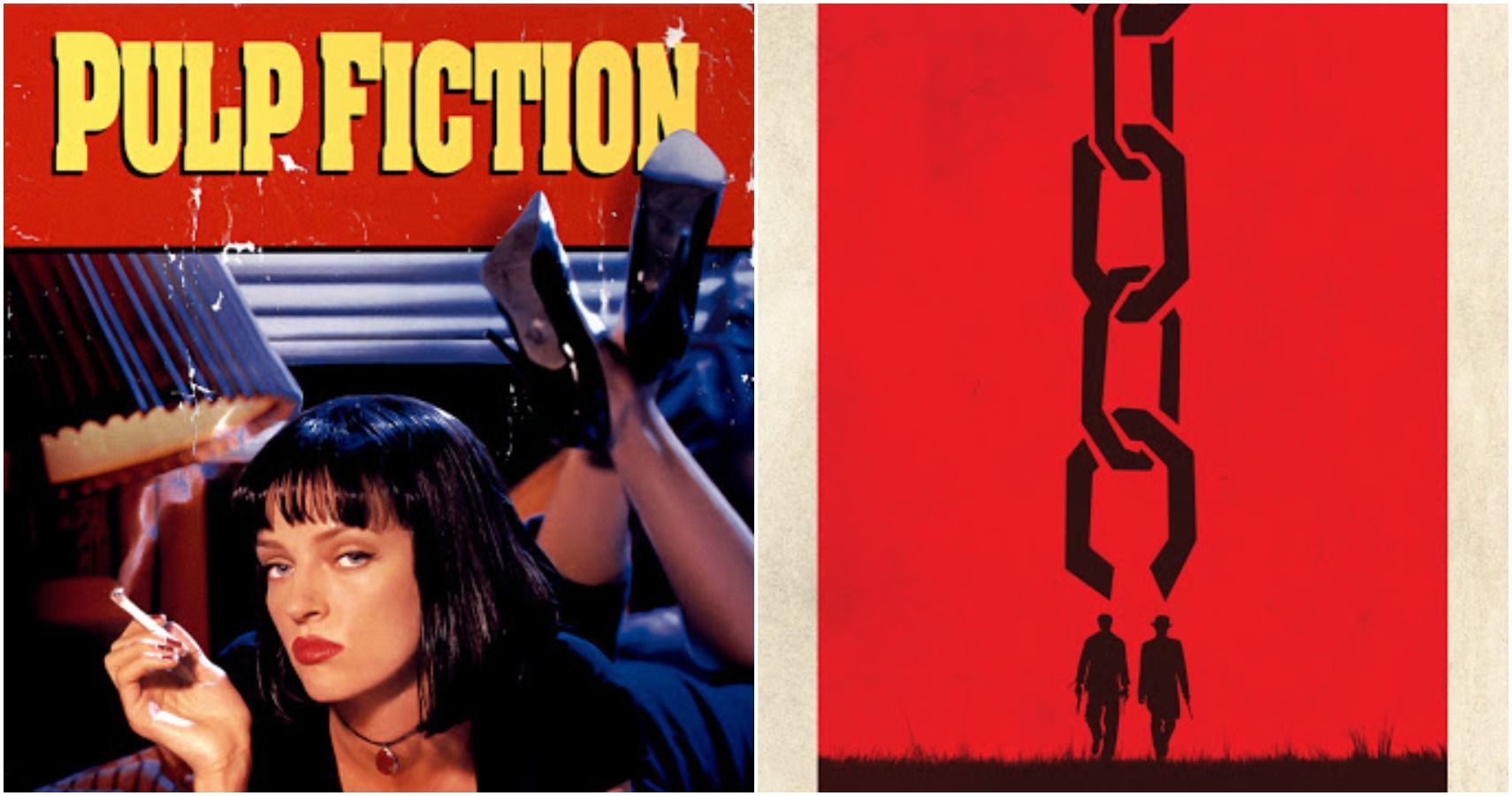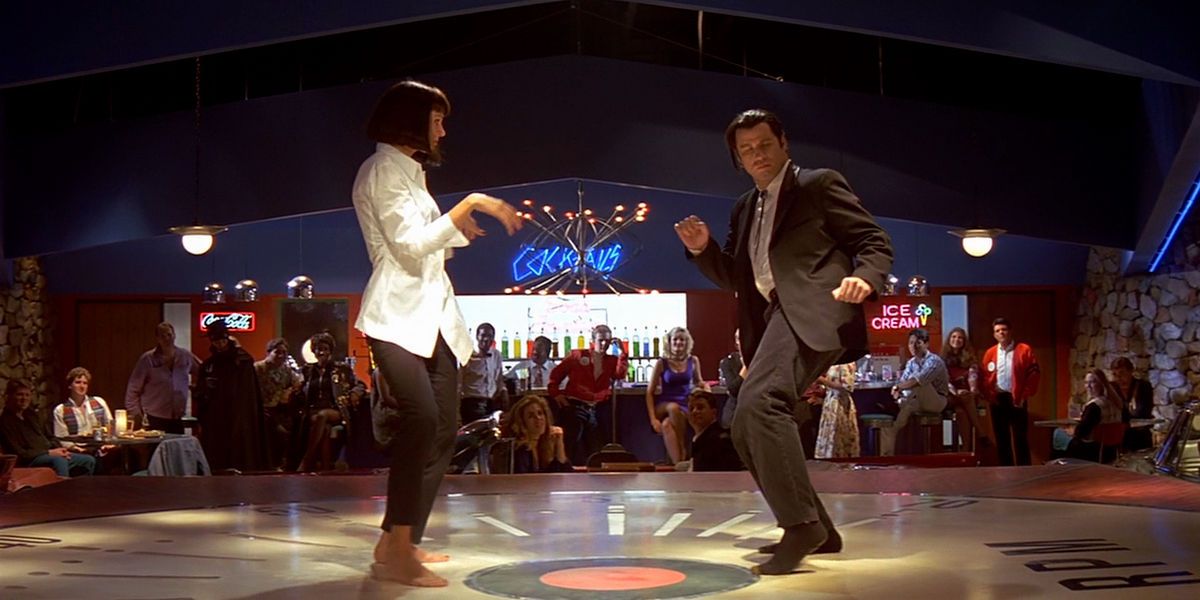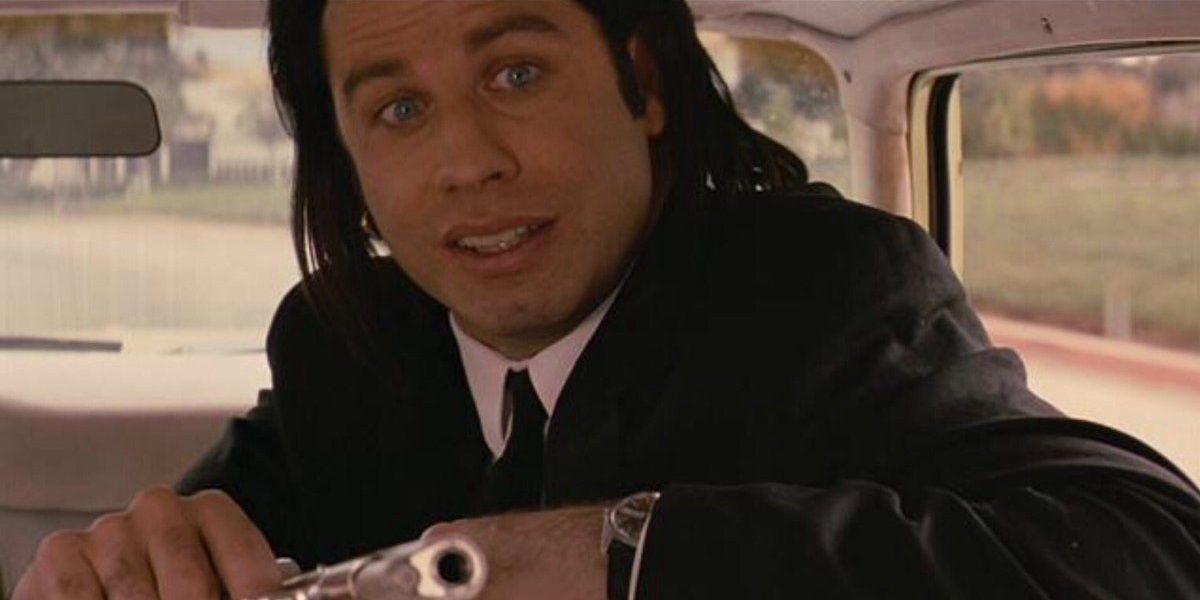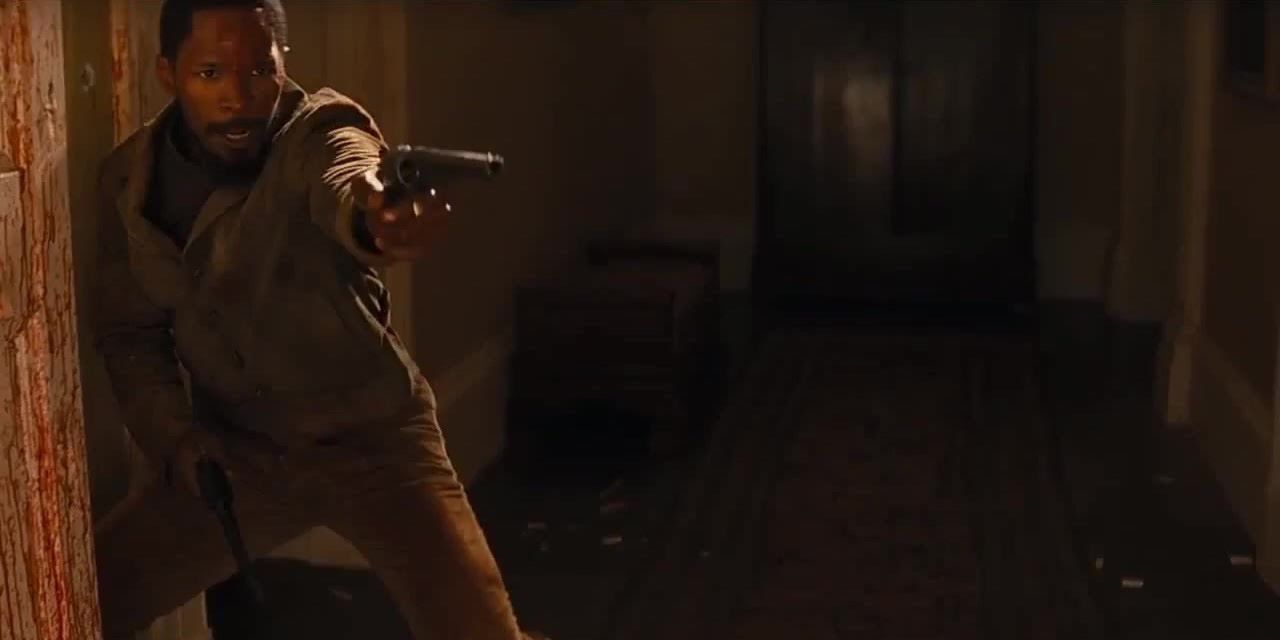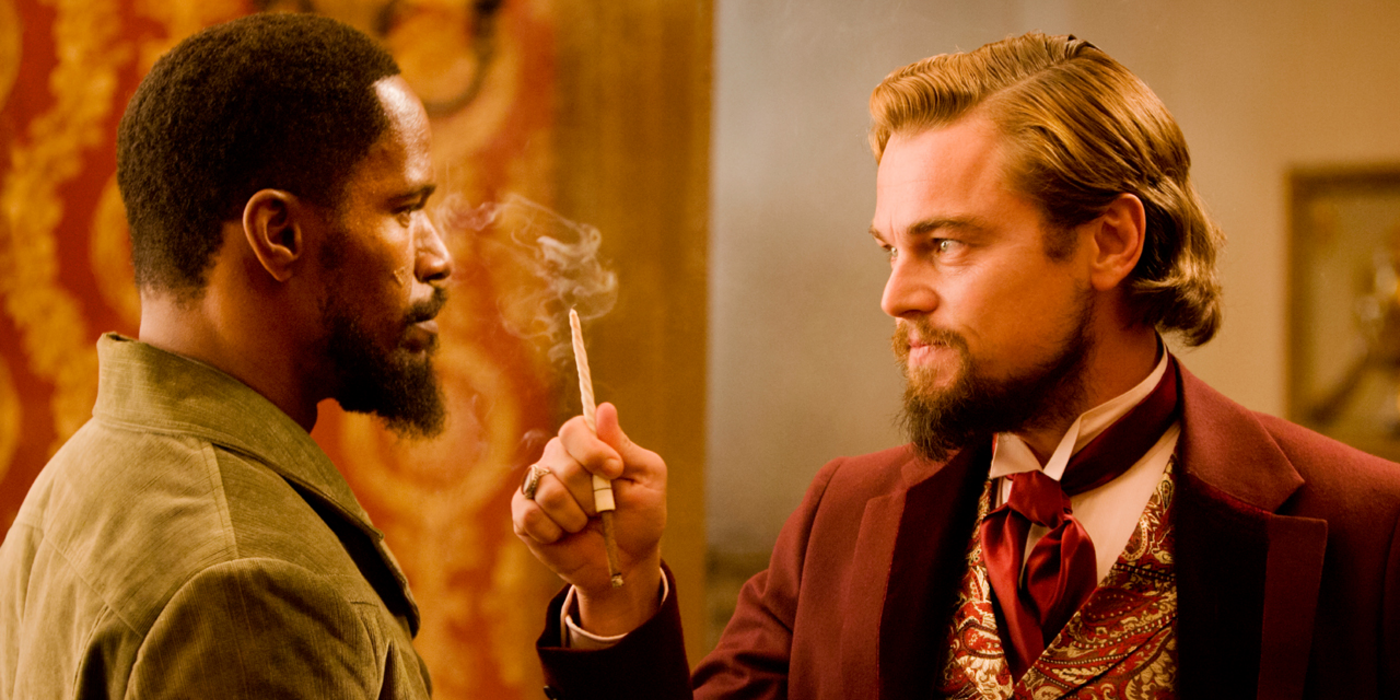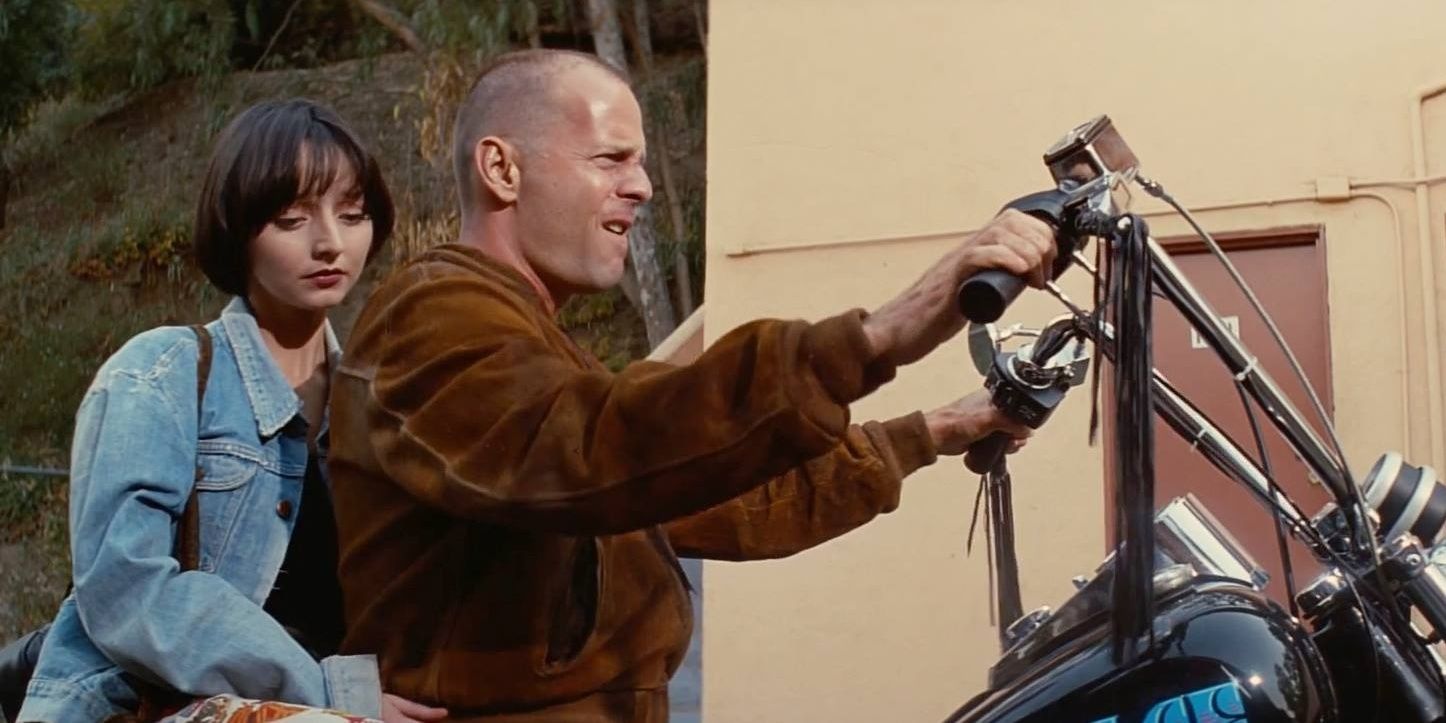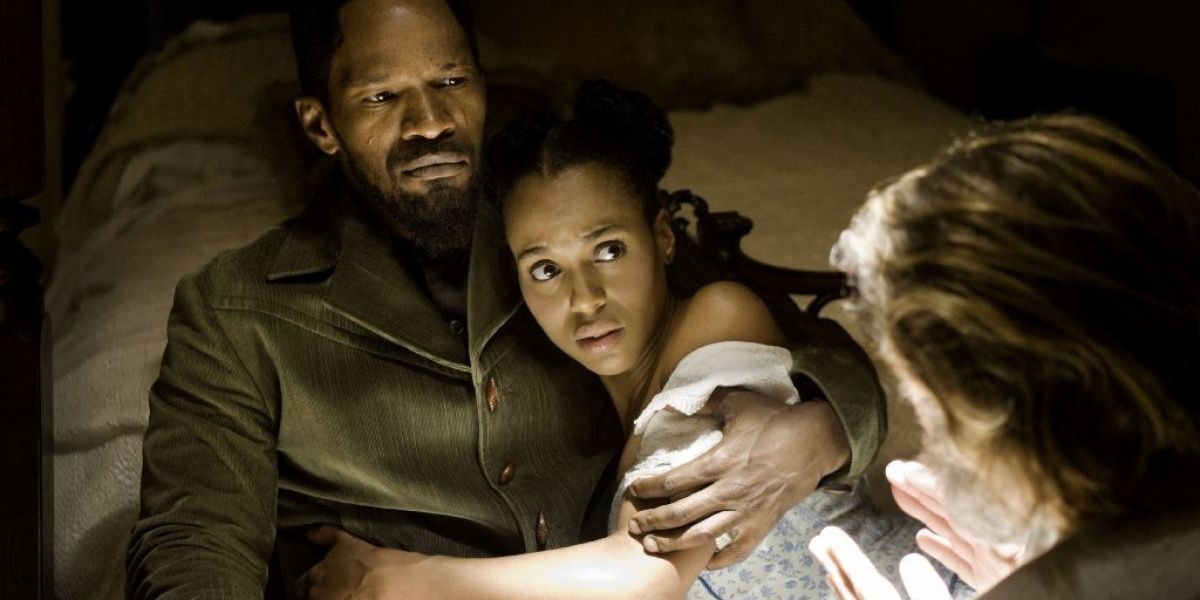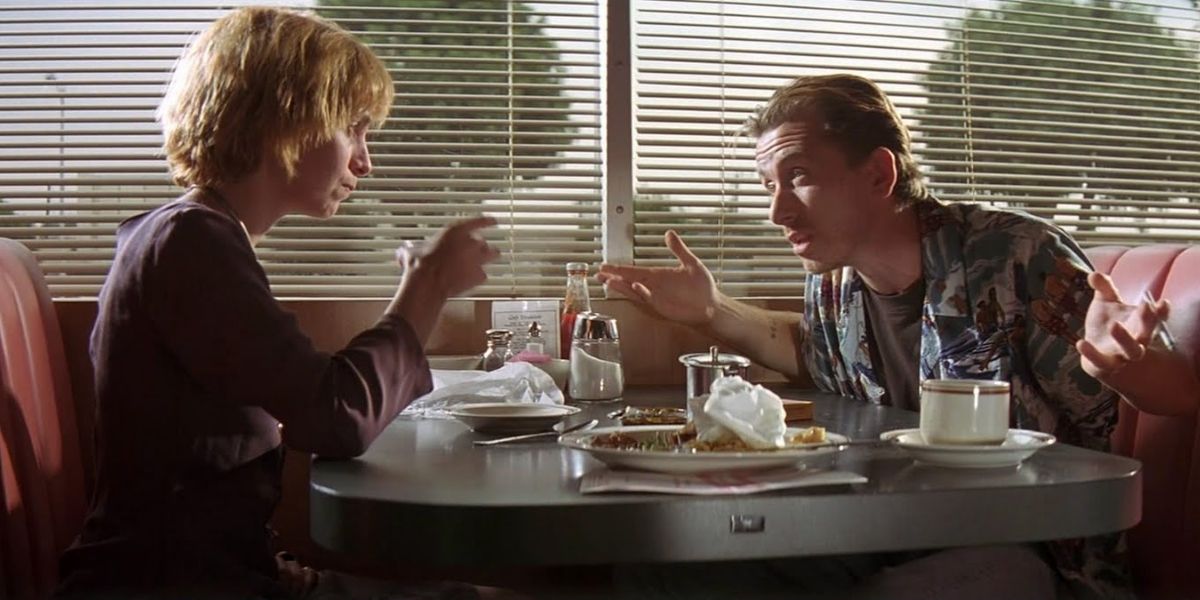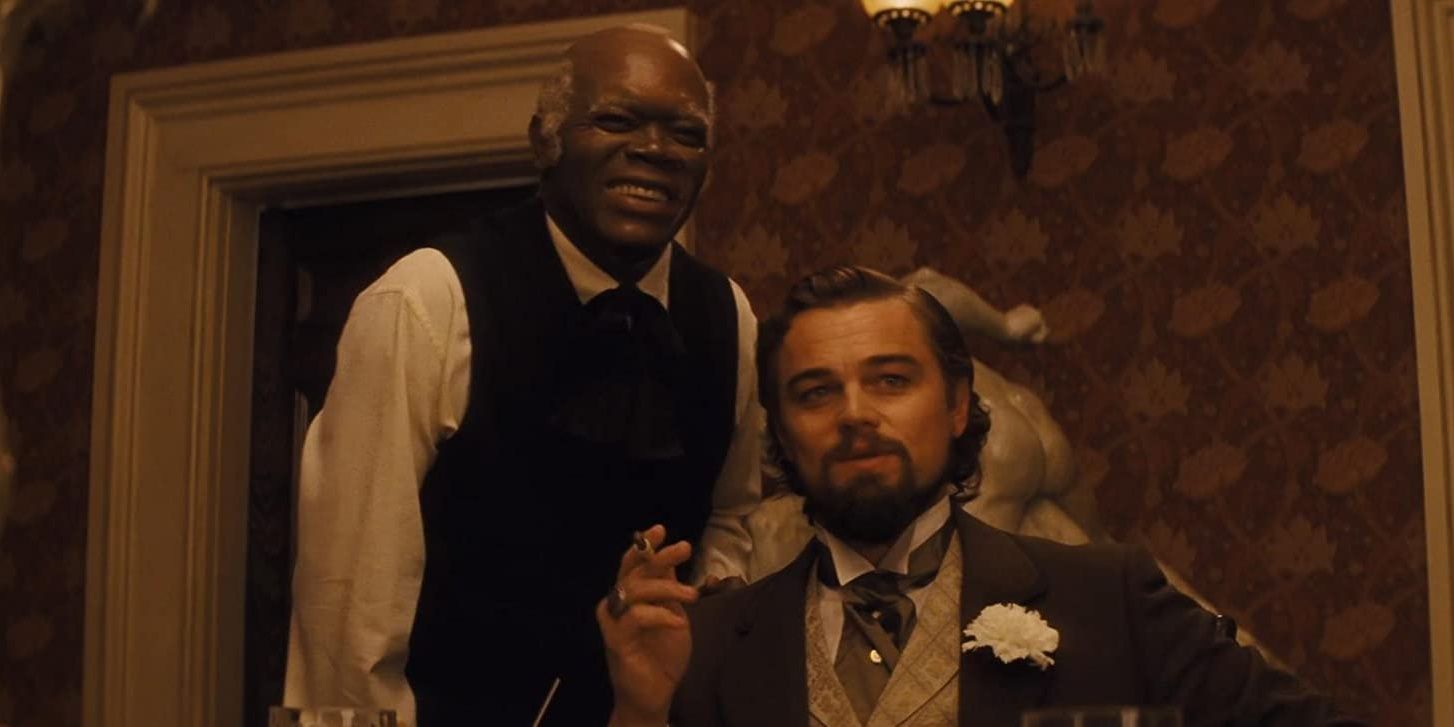Django Unchained
lover ofQuentin Tarantinohave heatedly debated which of his films is his finest hour . His most recent oeuvre , Once Upon a Time in Hollywood , has placed highly on most fans ’ revised ranking of his filmography .
But taking into account everything the Tarantino oeuvre has to tender — conventionalize violence , memorable eccentric , and a unique take on a familiar writing style — the discussion really roil down to two films : Pulp Fiction , which brought firmly - boil American crime narrative to the silver screen in the cinematic style of the French New Wave , andDjango Unchained , which examined the wretched chapter of U.S. history through the lens of a spaghetti westerly . So , here are five reasons whyPulp Fictionis Tarantino ’s good photographic film , and five why it could beDjango Unchained .
Pulp Fiction: It’s The Perfect Cocktail Of Tarantino’s Cinematic Influences
Quentin Tarantino has seen alotof movies . He ’s probably some kind of humankind phonograph recording holder , but he ’s too busy watching every picture show ever made to depend into it . As a result , his approach to filmmaking has beeninfluenced by a very disparate range of styles , from Sergio Corbucci ’s revisionist westerns to the Shaw Brothers ’ kung fu movies .
WhereasDjango Unchainedis more or less only influenced by other Western , Pulp Fictionis a criminal offense movie with the consummate cocktail of Tarantino ’s cinematic influence : Elmore Leonard ’s novels , Sergio Leone ’s spaghetti westerns , Howard Hawks ’ fruitcake comedies , the offense cinema of Jean - Luc Godard and Jean - Pierre Melville , etc .
Django Unchained: It Was Tarantino’s First Spaghetti Western
Tarantino ’s filmmaking has been intemperately inspired by the techniques used in spaghetti western sandwich since the very beginning . He has even referred toPulp Fictionas“a innovative - Clarence Shepard Day Jr. spaghetti westerly . ”ButDjango Unchained — his seventh film — was his first raid into the genre .
When Q.T. made his own western ( although he considersDjangoto be a “ southern , ” which is more exact to its circumstance ) , he finally got to use all the cinematic trick he ’d transfer over to other genre in the writing style they really came from .
Pulp Fiction: The Plot Takes Wildly Unpredictable Turns
There are a dyad of unexpected bend inDjango Unchained , like Dr. Schultz kill Calvin Candie , but the Supreme Headquarters Allied Powers Europe of its story follows a predictable formula .
Pulp Fiction , on the other manus , take sharp left turns out of nowhere , like Mia overdosing on Vincent ’s heroin , or Butch and Marsellus getting tied up in a basement to become sexual practice slave , or Vincent shooting Marvin in the boldness . Whenever you think you’re able to guess where a storyline is going , it takes a wildly irregular turn in a completely unlike direction .
Django Unchained: The Action Scenes Are Gloriously Cinematic
Aside from maybeKill Bill , Django Unchainedis arguably Tarantino ’s most natural process - packed film . With the perfect blend of slow - movement and normal speed , explosive squib that exaggerate the bloodshed , and cinematography jacked from every great action movie ever made , Tarantino ’s action scenes are spectacular .
InDjangoin special , from the Candyland slaughter ( arguably the film ’s centrepiece ) to the KKK ambush , the action scenes are gloriously cinematic .
Pulp Fiction: It Defined An Era Of American Cinema
WhileFight ClubandAmerican Beautycould both bet on a claim for the title of definitive American movie of the ‘ ninety , Pulp Fictionis really the film that defined that epoch . As postmodernism emerged , Hollywood movies became more self - reflexive , and Tarantino got ahead of that with a movie thatrobbed and strip the account of cinemato render an ironic take on conversant tropes and storyline .
Generation X ’s nihilistic delusion oozes out ofthe film ’s nidus on the minutiae of casual liveliness . Tarantino ’s soph exertion was the bold edition of what ‘ 90s movies were hear to do .
Django Unchained: It Has Both A Great Hero And A Great Villain
Most traditional stories have a submarine sandwich and a villain . Pulp Fictionisn’t a traditional story , so it has no observable heroes or villains . ButDjango Unchainedis a traditional story — it has the construction of a fairy tarradiddle — and it has in Django a hero that everyone can root for , andin Calvin Candie , a villain that everyone can root against .
This might sound simple , but depressingly few Hollywood picture show inconvenience oneself to do the bare minimum . Jamie Foxx and Leonardo DiCaprio brilliantly bring their characters to life , with Christoph Waltz and Samuel L. Jackson providing strong support as a lowly grinder and a subaltern villain , respectively .
Pulp Fiction: Every Single Scene Is Iconic
Pulp FictionandDjango Unchainedhave like runtimes ( 154 minutes for the former and 165 minute of arc for the latter ) . The important difference is that , whilePulp Fictiondoesn’t sense a 2nd too long , Djangocould’ve cut back about 20 minutes of stuff .
InPulp Fiction , every aspect — from the showdown at Brett ’s apartment tothe Jack Rabbit Slim ’s dance contestto the pawn shop to the overdose to “ The Bonnie Situation ” — is memorable and iconic in some way . InDjango , a few unforgettable scene stand head and shoulders above their less peer .
Django Unchained: The Characters Are Emotionally Engaging
WhilePulp Fiction ’s characters are undeniably memorable , they ’re not emotionally engaging . Pulp Fiction ’s overdose scene is engrossing , but do we really worry if Marsellus Wallace has Vincent Vega whacked ? We go along for the ride , but we ’re not necessarily emotionally invest in the characters .
Django Unchained , on the other work force , has excited investment funds in spades . InDjango , we really care if Broomhilda contract to escape Candyland , or if Dr. Schultz gets kill , or if Django is put back in chains . The actors ( peculiarly Jamie Foxx and Kerry Washington ) humanise their case , which helps the stakes to feel existent .
Pulp Fiction: It Was Made By A More Excited Filmmaker
When Tarantino madePulp Fiction , he was a hotshot untried apostate who ’d taken the moving picture diligence by storm with his sovereign debut feature . For his sophomore outing , producer were writing him a blank check .
He did n’t have tomake cutback to be able to shoot it on the cheaplikeReservoir cad ; he could really spread his wings and make whatever movie he want . mush Fictionis the work of an enthusiastic young filmmaker , bursting at the seam with creativity and potential .
Django Unchained: It Was Made By A More Experienced Filmmaker
When Tarantino madeDjango Unchained , he was 20 years and six movies into his directing life history ( or seven movies in , if you countKill Billas two ) .
flesh Fictionwas a vital point in Tarantino ’s eruditeness curve , but he helmedDjango Unchainedat the acme of his filmmaking might .
NEXT:10 Reasons Jackie Brown Is Quentin Tarantino ’s Underrated Masterpiece
